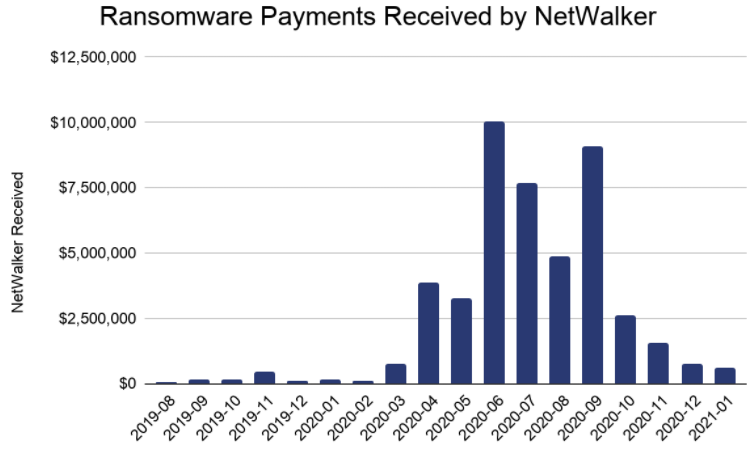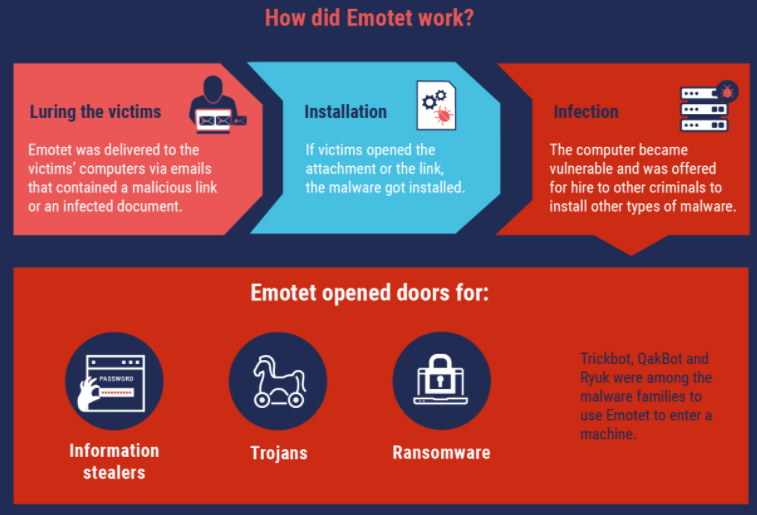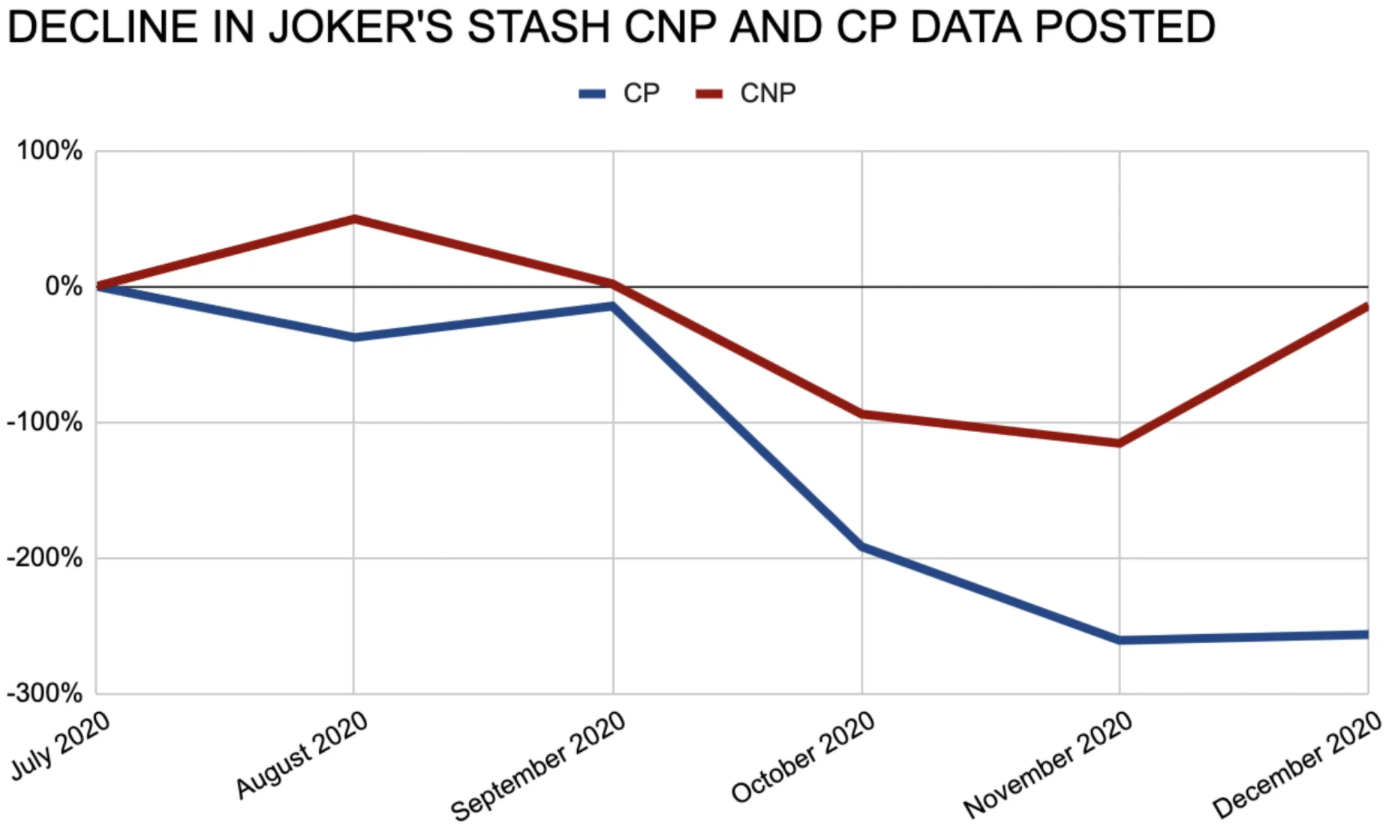Cyber cops in Ukraine carried out an arrest and several raids last week in connection with the author of a U-Admin, a software package used to administer what’s being called “one of the world’s largest phishing services.” The operation was carried out in coordination with the FBI and authorities in Australia, which was particularly hard hit by phishing scams perpetrated by U-Admin customers.
The Ukrainian attorney general’s office said it worked with the nation’s police force to identify a 39-year-old man from the Ternopil region who developed a phishing package and special administrative panel for the product.
“According to the analysis of foreign law enforcement agencies, more than 50% of all phishing attacks in 2019 in Australia were carried out thanks to the development of the Ternopil hacker,” the attorney general’s office said, noting that investigators had identified hundreds of U-Admin customers.
Brad Marden, superintendent of cybercrime operations for the Australian Federal Police (AFP), said their investigation into who was behind U-Admin began in late 2018, after Australian citizens began getting deluged with phishing attacks via mobile text messages that leveraged the software.
“It was rampant,” Marden said, noting that the AFP identified the suspect and referred the case to the Ukrainians for prosecution. “At one stage in 2019 we had a couple of hundred SMS phishing campaigns tied to just this particular actor. Pretty much every Australian received a half dozen of these phishing attempts.”
U-Admin, a.k.a. “Universal Admin,” is crimeware platform that first surfaced in 2016. U-Admin was sold by an individual who used the hacker handle “Kaktys” on multiple cybercrime forums.
According to this comprehensive breakdown of the phishing toolkit, the U-Admin control panel isn’t sold on its own, but rather it is included when customers contact the developer and purchase a set of phishing pages designed to mimic a specific brand — such as a bank website or social media platform.
Cybersecurity threat intelligence firm Intel 471 describes U-Admin as an information stealing framework that uses several plug-ins in one location to help users pilfer victim credentials more efficiently. Those plug-ins include a phishing page generator, a victim tracker, and even a component to help manage money mules (for automatic transfers from victim accounts to people who were hired in advance to receive and launder stolen funds).
Perhaps the biggest selling point for U-Admin is a module that helps phishers intercept multi-factor authentication codes. This core functionality is what’s known as a “web inject,” because it allows phishers to inject content into the phishing page that prompts the victim to enter additional information. The video below, produced by the U-Admin developer, shows a few examples (click to enlarge). Continue reading





 At the center of the account ban wave are some of the most active members of OGUsers, a forum that caters to thousands of people
At the center of the account ban wave are some of the most active members of OGUsers, a forum that caters to thousands of people 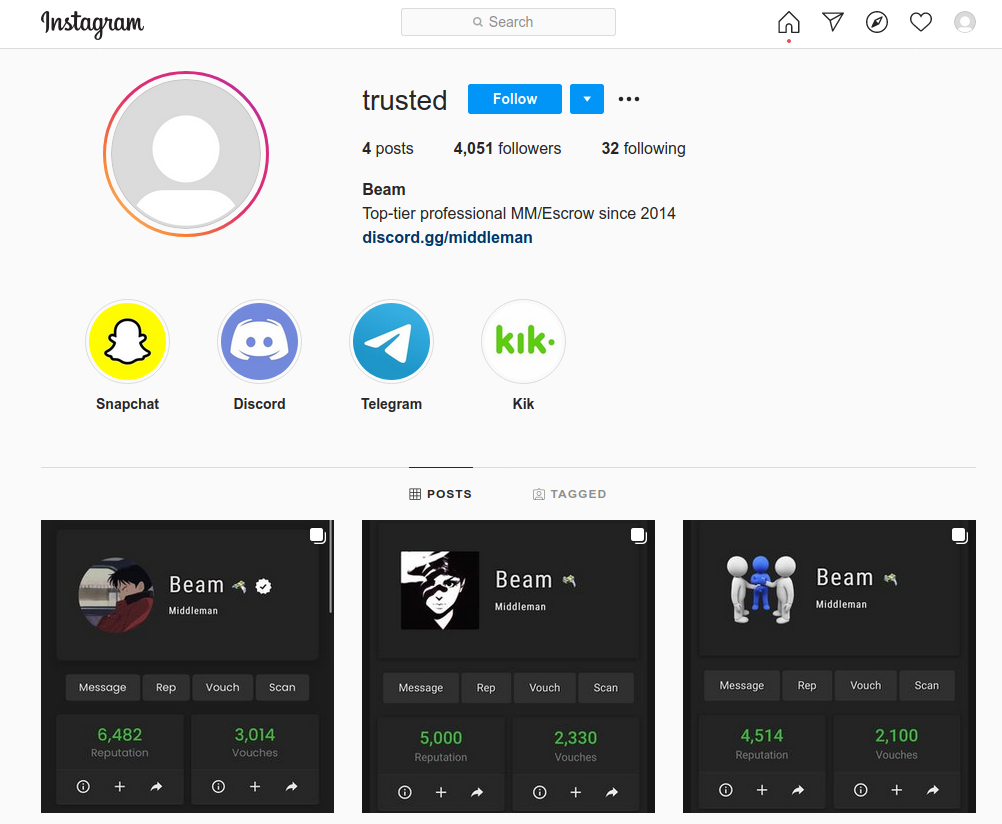

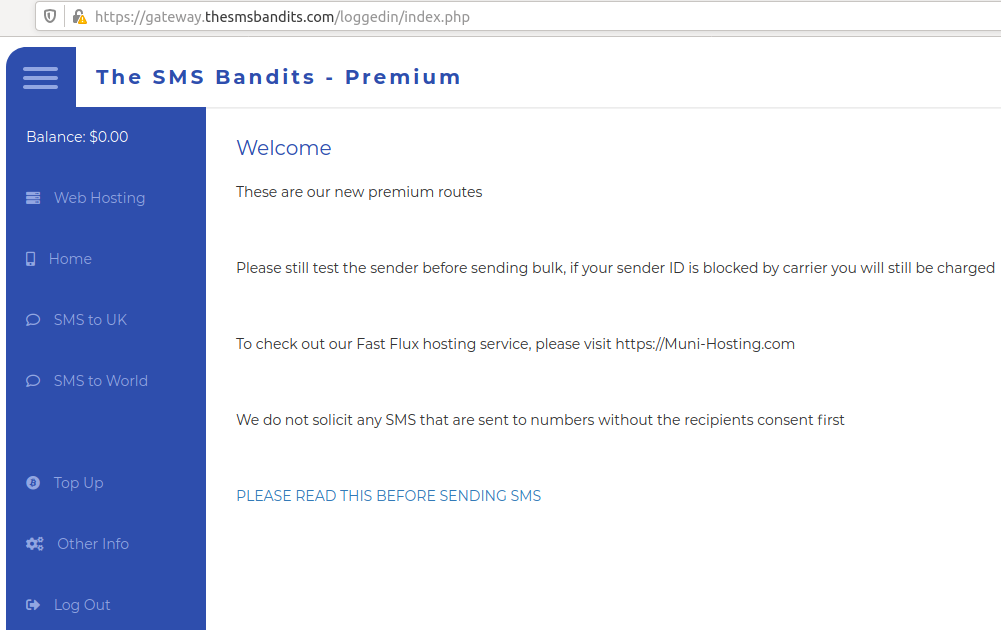


 One state’s experience offers a window into the potential scope of the problem. Hackers, identity thieves and overseas criminal rings stole over $11 billion in unemployment benefits from California last year, or roughly 10 percent of all such claims the state paid out in 2020, the state’s labor secretary
One state’s experience offers a window into the potential scope of the problem. Hackers, identity thieves and overseas criminal rings stole over $11 billion in unemployment benefits from California last year, or roughly 10 percent of all such claims the state paid out in 2020, the state’s labor secretary 
